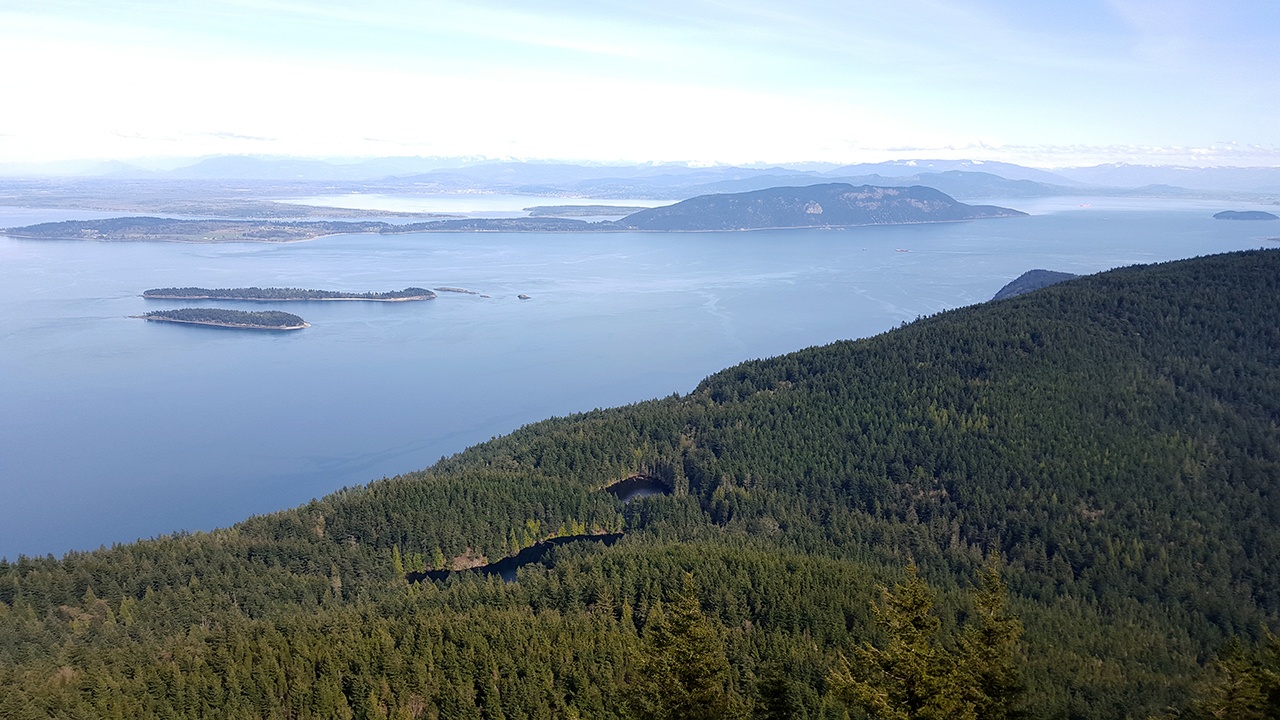Submitted by San Juan Islands National Monument
The Monument Advisory Committee (MAC) will meet on Monday, Jan. 30, from 8 a.m. to 3 p.m. at the Lopez Island Library. From 8 to 8:30 there will be a meet and greet between MAC members and the public to help you get to know the committee’s newest members. Joseph Jones of French Camp on Canoe Island is the new Science representative, the new private property owners representative is Leslie MacDonald and Shirley Williams, a Lummi Nation public health nurse, is the committee’s new tribal interests representative.
In the balance of the morning, the MAC will elect a chair and vice-chair, discuss the format and locations for public meetings on the draft plan (likely summer of 2017) and review a preliminary version of a public outreach document describing the Monument’s landscapes and current human use opportunities. Public comment period is at noon.
In the afternoon, the MAC will discuss the format for a workbook – to be released with the draft plan – to help the public understand the potential management alternatives in order to more easily provide comments for the development of the proposed plan.
San Juan Islands National Monument (SJINM) Recreation Planner Nick Teague and Rosie Sumner (volunteer with the SJINM and past Seasonal Park Ranger for SJINM) represented the Monument while participating in the Annual National Audubon Christmas Bird Count (CBC) with the San Juan Chapter: Lopez Team which consists of 18 volunteers in three geographically separate teams. The count on Lopez Island occurred Dec. 31.
Every volunteer participated all day despite freezing temperatures, winds, rains, frozen ponds and wetlands. All in all, 81 species were identified. The BLM provided spotting scopes, binoculars and field guide books.
Each November, birders interesting in participating in the CBC can sign up and join in through the Audubon website. From Dec. 14 through Jan. 5 each year, tens of thousands of volunteers throughout the Americas brave snow, wind, or rain and take part in the effort. Audubon and other organizations use data collected in this long-running wildlife census to assess the health of bird populations and to help guide conservation action.
The data collected by observers over the past century allow Audubon researchers, conservation biologists, wildlife agencies and other interested individuals to study the long-term health and status of bird populations across North America. When combined with other surveys such as the Breeding Bird Survey, it provides a picture of how the continent’s bird populations have changed in time and space over the past hundred years.



